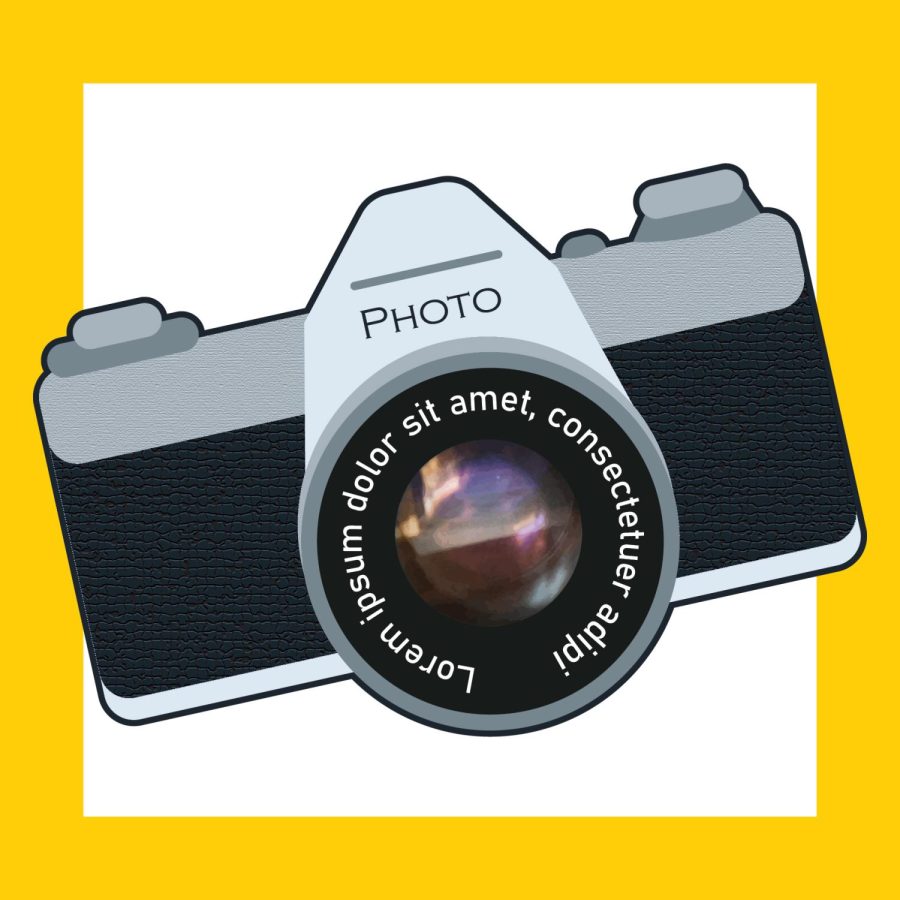National Geographic: A Timeless Classic
National Geographic has been a pioneer in scientific discovery and writing. The National Geographic Society sends photographers, journalists and scientists around the world every year to capture the latest innovations and progress in research.
Stylistically, National Geographic is recognizable. The iconic yellow rectangle outlines their magazines and has different hues depending on the year of publication. The main article of the magazine is highlighted in red on the bind of the magazine as is the month and year of publication on the front.
Even though paper media is a dying market, National Geographic issues can still be found at the supermarket with relevant news and discoveries. Their appeal goes out to the travel-lust public who want to know what is going on in the world but are unable to physically go out and see it.
The glossy pages of information undergo a very intensive editing process, but the authors still have their opinions on the page. Often times, there is a first-person point-of-view in the articles as the author has lived in the country for weeks or months while documenting research on their topic.
In regard to a political “agenda” the magazine has, it truly depends on the individual authors. However, this can only be seen in reference to government policies in other countries, specifically, in times of war. Depending on what side the researcher is documenting, there is an influence they convey to their audience.
Despite this minor influence, National Geographic remains an accredited source and contains well-documented research in their publications. Their style is recognizable, and their magazines can be repurposed. All the gorgeous photographs can be cut out and made into a collage after the reader has finished the magazine.
Visually, National Geographic will always produce great photos, and I hope they will continue to print their magazines.




